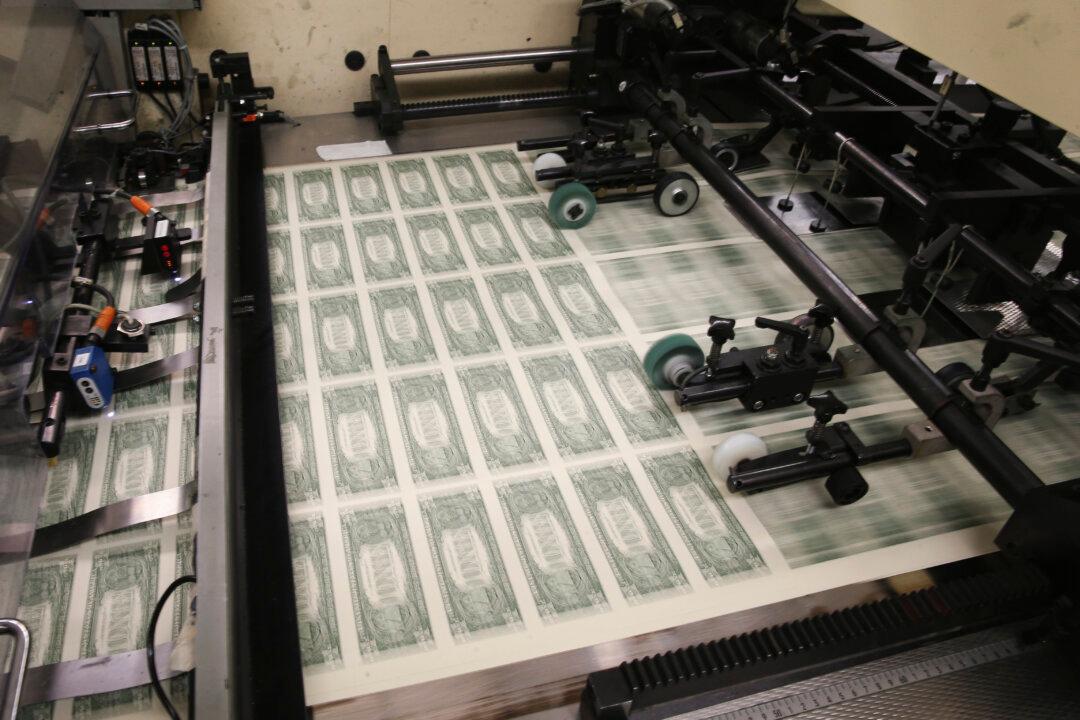The U.S. Treasury plans to hold massive debt auctions to help plug the gaping hole in the budget deficit.
In the coming three months, officials announced on Jan. 31 that they would bolster the size of auctions to refund more than $105 billion of privately held Treasury notes maturing on Feb. 15. It is estimated that the issuance will generate nearly $16 billion in new cash from private investors.





